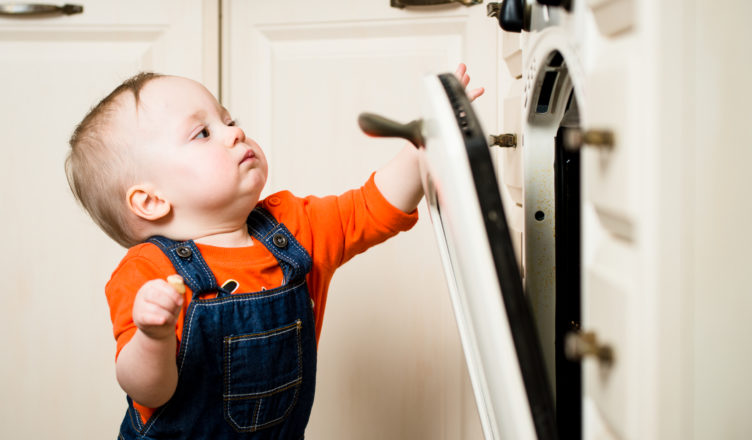As any parent will tell you, keeping your child safe is a full-time job. All it takes is a turned back and a couple seconds for your child to find himself in harm’s way. Accidents can happen anywhere, including in your home. This is why foster parents, who are tasked with the safety of children who are not their own, are put through a rigorous and time consuming licensing process.
Safety starts at home. According to a report from the Centers for Disease Control and Prevention, an estimated 9.2 million children annually had an initial emergency room visit for an unintentional injury, a majority of which occurred in their respective homes. That’s why it’s important for foster parents to look closely at their homes and the potential safety issues that could arise.
This starts with the front door. As a foster parent, it’s important to teach your foster child about how to answer the door if there is a knock or if the doorbell rings. At your foster child’s previous home, he may have been instructed to open it without regard for who was there or what time of day it was. This sort of behavior can possibly lead to dangerous situations, including home invasions or child abductions. Instructing your foster child early on about these seemingly small details can go a long way in ensuring his safety.
Keeping Your Foster Child Safe: The Kitchen
As you look around your house, you can see each room presents its own possible dangers for children. In the kitchen, it’s important to make sure all sharp knives, forks and scissors are in a place your foster child can’t reach or in a drawer that has a childproof latch. Your foster child may claim he has handled knives or other sharp objects before at his parent’s home, but it’s important to set your own ground rules early on and make sure he understand.
Keeping Your Foster Child Safe: Laundry Room
It’s equally as important that all cleaning supplies, laundry detergent and dishwashing soap be kept out of the reach of children. This especially holds true for the new laundry detergent and dishwashing pods that could look appetizing to children’s eyes but are quite poisonous to their bodies. Even everyday items such as plastic bags or glass cups can be dangerous to young children. As a foster parent, it’s important to be aware of the small details.
Keeping Your Foster Child Safe: Windows
Everyone likes to look out a window and see what’s going on outside. Children are no different, and that can be a problem. Did you know that every year, more than 5,100 American kids go to the hospital with injuries after falling out of windows, and a quarter of them are serious enough for the children to be admitted to a hospital? That’s why it’s vital that any window that isn’t an emergency exit has a window guard on them.
Keeping Your Foster Child Safe: Poison – Look (To Make Sure) Your Child Can’t Touch
Other areas to consider: make sure all prescription and nonprescription medications are stored in a locked cabinet; be sure any paints, pesticides or any other potentially poisonous substances aren’t stored anywhere a child can reach them and be sure to check your smoke alarms and carbon monoxide detectors monthly.
It’s understandable if this might seem overwhelming for a new foster parent. But, as you know, there’s nothing more important than keeping children safe. The good news is that you don’t have to do it all alone. There are plenty of resources out there for first time or even veteran foster parents including FAFS’ very own “Child Safety” course.
If you are a licensed resource parent in NJ, click here to order this free course.
If you are outside of NJ, be sure to check out our blogs about keeping children safe in the heat and foster children and pets. Other resources include the ACLS Training Center’s guide for pediatric health and safety.
Author: Lloyd Nelson, FAFS Digital Media Manager
Lloyd Nelson is the Digital Media Manager of Foster and Adoptive Family Services. He can be reached at lnelson@fafsonline.org.

